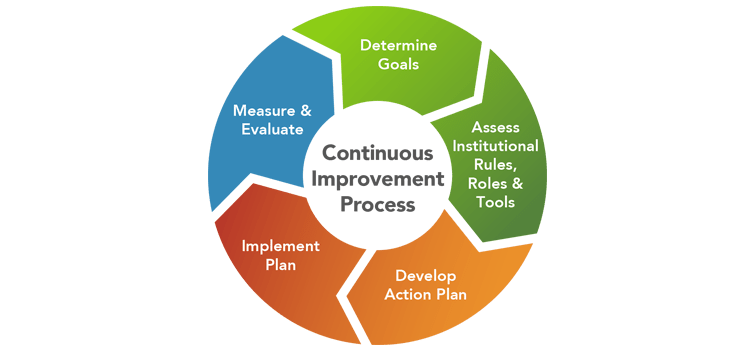Read about a national lab's three-month campaign to reduce energy use on its main campus.
The Federal Energy Management Program (FEMP) outlines eight principles to serve as the foundational building blocks for developing strategies to achieve institutional change—but they are not the strategies themselves. The principles are derived from academic literature and inform the framework for achieving institutional change in a federal organization.
Each statement is followed by a general strategy for how the principle can be translated into action.
-
Federal agencies can use social networks and communications to spark and reinforce behavior change for meeting sustainability goals.
-
Institutions and people change because workplace rules change and visible leadership communicates management commitment, so be visible and demonstrate commitment.
-
Institutions and people change when they have made definite commitments to change, especially when those commitments relate to future conditions.
-
Institutions and people almost always change their ways of doing things for more than one reason, so provide different and combined appeals.
-
Institutions and people change because they receive actionable information and feedback, so provide tools and resources tailored to specific workplace situations.
-
Institutions and people change because a changed infrastructure compels new behaviors that are easy or desirable, so change defaults and provide motivations as well as incentives.
-
Institutions and people who feel they can reach desirable social goals often do, so involve people in program design and processes.
-
Institutional change takes time, so plan for a multiyear process that creates, grows, and clones workplaces, processes, and products that build sustainability.

FEMP's Institutional Change Process

